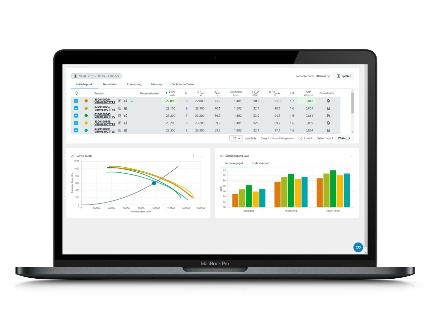Fresh guidance to ensure worker safety when handling a growing number of flammable refrigerant products being used in the HVACR sector has been set out by FETA.
The association said that a new guide document out this month, which has been reviewed by the Health and Safety Executive (HSE), will be backed up at a later date with more detailed advice that will have specific application-based risk assessments.
FETA said its latest flammables guidance will focus on assessing risk in the workplace to ensure compliance with the Dangerous Substances and Explosive Atmospheres Regulations (DSEAR) that was updated in 2015 to include all RACHP installations.
The regulation counts dangerous materials as substances used or present in a working environment that have the potential to cause harm if not properly controlled that looks at gas products as well as solvents, paint or varnishes.
Low carbon push
Aspirations to cut carbon emissions from cooling and heating technologies has seen a market shift towards refrigerant with some level of flammability.
The association added, “It therefore places requirements to assess the risk for such substances, including refrigerant and puts into place suitable control and mitigation measures.”
A range of manufacturers are presently releasing technologies exclusively designed for R32-based refrigerant that has a lower level of flammability. However, Ambitions to move towards products with even lower Global Warming Potential (GWP) will likely require handling of refrigerant with increased levels of toxicity or flammability.
Mike Nankivell, who serves as the Chair of FETA’s refrigerant group for lower flammability (A2L) refrigerant, said the latest guidance reflected the need for clear safety approaches in dealing with the new regulations.
He said: “Under HSE regulations there is a duty to ensure that neither staff nor members of the public are put at risk in their place of work.”
“This easy-to-follow guidance has been produced by FETA to help employers carry out their risk assessments correctly and ensure the safety of all parties within their workplace.”

























